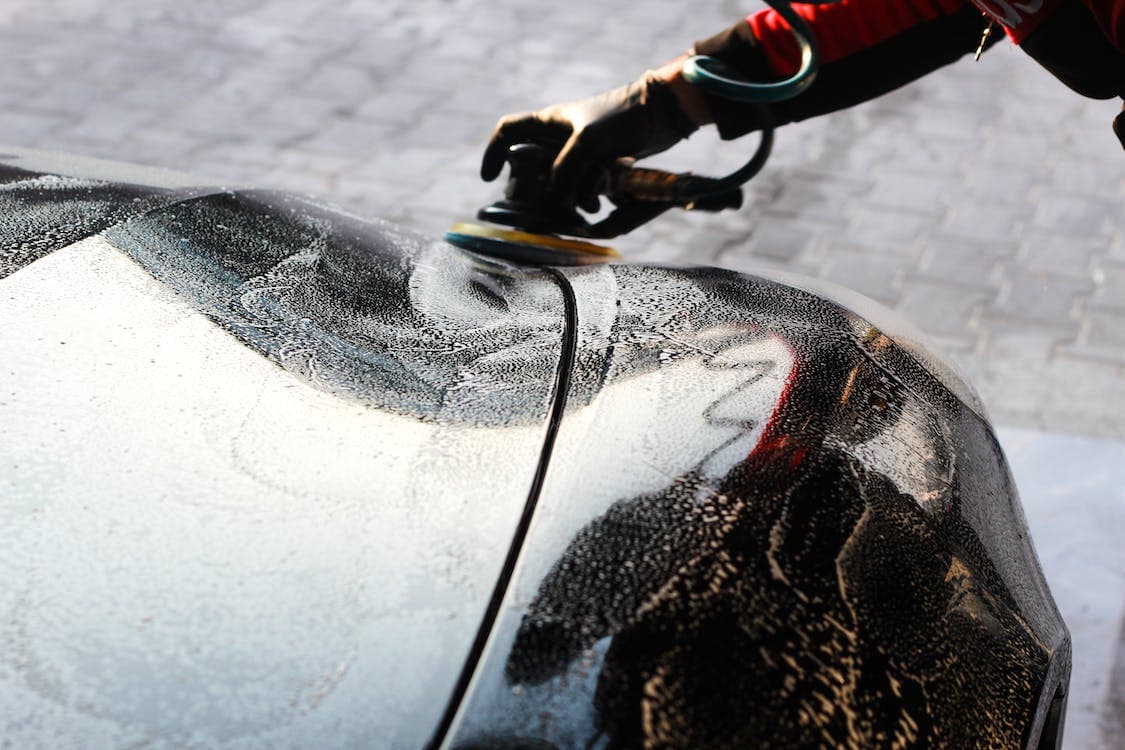A Comprehensive Guide to Automotive Painting Techniques
Automotive painting is a complex process that involves much more than just applying a coat of paint. It requires knowledge, precision, and the right techniques to achieve a professional finish. This blog will guide you through the basics of automotive painting techniques.
What is Automotive Painting?
Automotive painting involves the application of paint on vehicles for aesthetic or protective purposes. The process is a combination of science and art, as it requires technical skills and creativity. Using different techniques, automotive painters create finishes that not only enhance a vehicle's appearance but also protect it from environmental elements.
Types of Automotive Paint
- Acrylic: Acrylic is a type of auto paint that provides a high gloss finish. It's durable and comes in two forms: Acrylic Lacquer (dries quickly) and Acrylic Enamel (needs hardener to dry).
- Metallic: Metallic paint contains tiny metal flakes that reflect light, giving the car a shiny appearance. It's ideal for sports cars but can be challenging to repair.
- Urethane: Urethane paint is highly durable and resistant to chipping. It requires a clear coat for a glossy finish.
Basic Automotive Painting Techniques
1. Sanding
Sanding involves using sandpaper to remove the old paint and prepare the surface for the new coat. Start with coarse-grit sandpaper and move to fine-grit as you progress. Remember, the surface should be smooth and free of old paint or rust.
2. Priming
Priming is applying a coat of primer to the car surface. The primer serves as a base for the paint, helping it to adhere better to the surface. It also helps to reveal any surface imperfections that need fixing.
3. Base Coat Application
The base coat is the main color that your car will be. Apply the base coat using a spray gun in even, horizontal strokes. Allow each layer to dry before applying the next.
4. Clear Coat Application
The clear coat is a transparent paint that protects the base coat and gives the finish its gloss. Apply it the same way as the base coat.
5. Polishing
After the clear coat has dried, use a polishing compound to polish the car. This will remove any minor imperfections and give the car a high-gloss finish.
Conclusion
Automotive painting is a skill that requires practice. With the right techniques and patience, you can give your car a fresh, professional-looking paint job. Remember, the key to a successful paint job is preparation and taking your time to ensure each step is done correctly.
Always make sure to wear appropriate safety gear, including a respirator and safety glasses. Happy painting!
